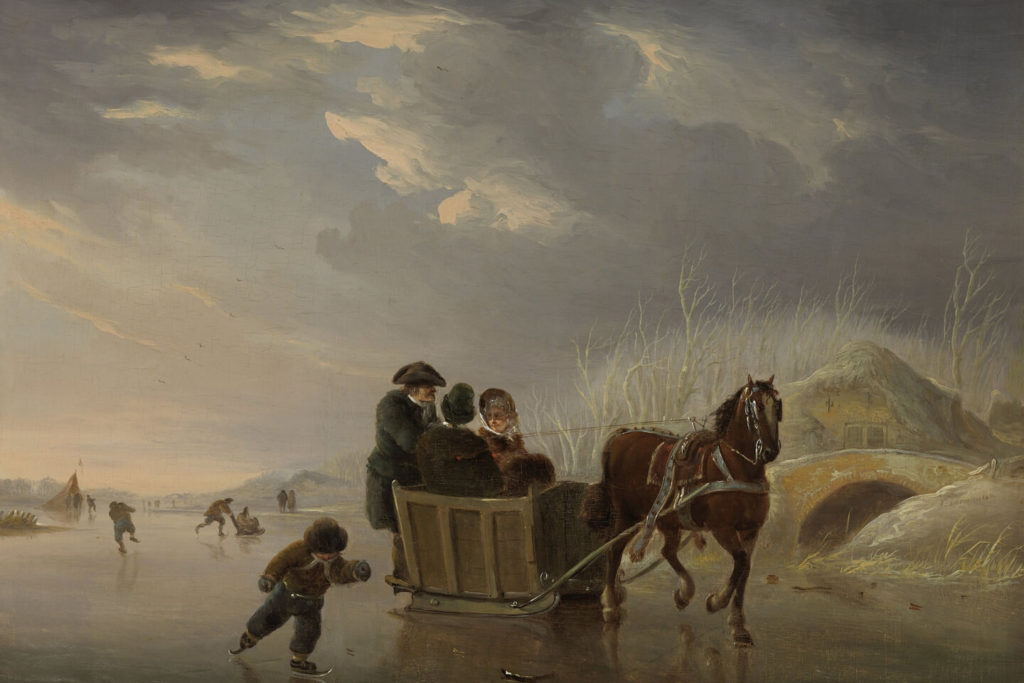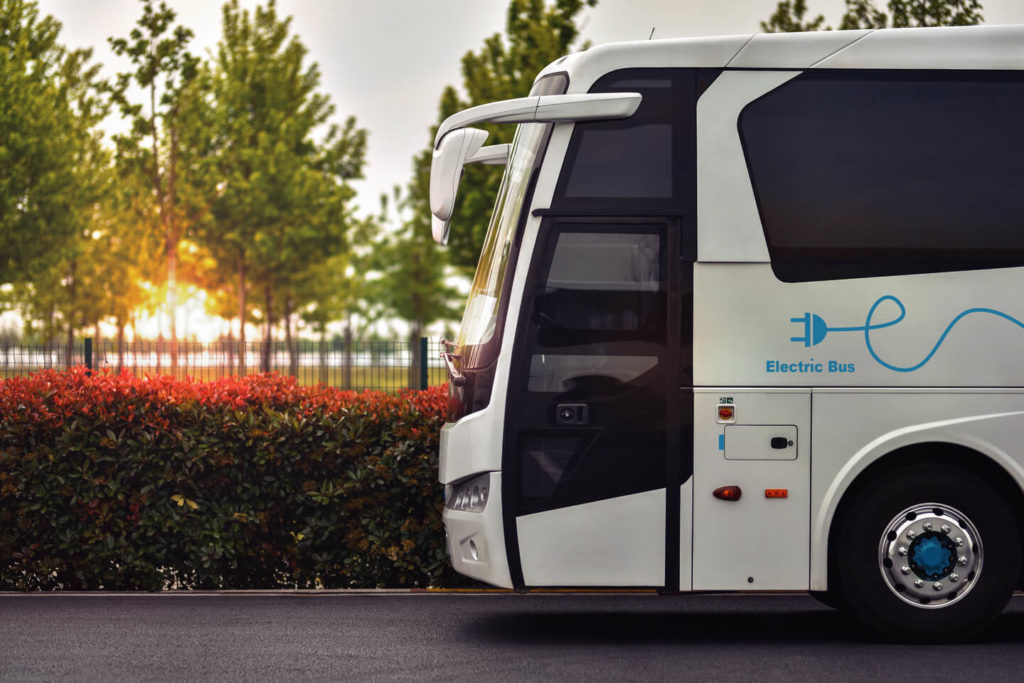The history world's first bus and bus generation

Transports have developed throughout the long term in view of society's requirements. In the early history of transports, financial reasons dominated: duplicating a solitary component and maintaining a transport business was so costly and convoluted that making a more expense proficient framework was the first concern. These days, the mainstays of transport progress are manageability and improvement of the client experience. Here is a concise outline of how we arrived at this point...
Periods in History of Buses
The pioneer public bus of the 1660s: ahead of its time
The primary public 'transport" line was sent off in France in 1662 when Blaise Pascal fostered an arrangement of pony drawn carriages that stumbled into Paris roads on time. Notwithstanding, the drive hit the stopping point we would now call "a bombed item market fit": the carriages were simply accessible to respectability, and their premium in the curiosity, unsupported by a genuine need, blurred soon.
Horse-drawn buses of the 1820's

It required 150 additional years for the possibility of public gathering transportation to return — however this time, it was to remain. The omnibus, brought into the world in 1826, could convey up to 42 travelers with three ponies expected to pull it. Once more, france was, quick to test the advancement. This time, the two plebeians and nobility were permitted locally available. In 1828, New York City additionally spread out its most memorable omnibus line, with numerous different US urban areas to follow.
A ride on the omnibus was uneven. The streets were principally cleared with cobblestones, and seats had no cushioning, making it entirely awkward for longer outings. Ticket costs were additionally very high. Fortunately enough, the omnibus tracked down its crowd in the recently framed working class. They couldn't yet bear the cost of a confidential mentor however were prepared to pay to keep away from the depletion of metropolitan strolling. It was a blend of elements that implied that omnibuses had their opportunity to remain around.
Coincidentally, the expression "transport" is a short type of "omnibus". There are two hypotheses of the term beginning: one associates it to the Latin word "for some", or "all"; one more to the Paris transport course "Omnes".
The rail-based horsecar of the 19th century
The principal huge omnibus improvement was accomplished by laying rails over the current courses. Horse-pulled carriages presently offered a much smoother ride. Because of lower contact, it was additionally simpler for ponies to pull, so every vehicle could now convey multiple times more travelers. By the 1880s, the US urban areas had north of 30,000 miles of road rail tracks for horsecars.
Nonetheless, it presently turned out to be evident that ponies as a power source were not reasonable. They could work for around two hours, so every vehicle expected up to ten creatures each day. The expense of the feed and the public worries in regards to creature treatment propelled further development.
A short innovation detour: cable car buses

Andrew Smith Hallidie made the main trolley in 1873 in San Francisco. Hallidie's framework not generally needed utilizing creatures. Rather they worked by utilizing a moving link between the current rails and protecting every vehicle with a base clip.
The trolleybus: from the 1880s to the 20th century
During the last part of the 1800s, trolleybuses — otherwise called cable cars, streetcars, or electric trolleys — at last supplanted horsecars, shutting the period of creature controlled omnibuses. They ran on rails and were fueled by electric flow lines upward. The switch was simple: trolleybuses utilized the current rails and vehicles while having the option to convey more travelers over longer distances for a lower cost.
Trolleybuses were one of the most progressive and effective US creations of now is the ideal time. Trolleys made everyday driving accessible and helpful, starting the suburbanization of the significant urban communities. When little, thickly stuffed downtown areas at long last begun to spread outward, forming the cities we know now.
Thickly pressed "trolley rural areas" conformed to each line prompting the workspaces. Trolleybus lines were in help for quite a while, just substituted during the 1940s for no shortcoming of the actual innovation. Some trolley lines actually work in Seattle, Boston, and Philadelphia, as well as numerous European nations.
Contemporary buses: 1950s to nowadays

Karl Benz designed the primary mechanized transport in 1895. In 1906, France, by and by, turned into the trailblazer by opening the primary short mechanized transport line.
Those first transports were a long ways from the cutting edge ones, offering insignificant solace to travelers. The significant redesign of the travel framework was incited by the deficiencies after World War II: the significant expense of laying new rails and the requirement for a more adaptable kind of vehicle prompted changing over numerous trolley lines to mechanized transport lines. The decision age of the advanced transport started.
In 1951, Mercedes Benz planned a transport model with the mix of the backside motor and roomy body. Over the long haul, a few specific kinds of transports were shaped: city travel, rural, intercity, and school. They use various developments to fill their particular needs better.
Despite the fact that private vehicles additionally acquired prominence around this the, the cresting of fuel costs during the 1990s and 2000s added to higher transport ridership across the world. In enormous urban communities, individual vehicles turned into a less judicious decision: absence of leaving and gridlocks transformed public vehicle into a more appealing drive choice.
Electric buses of the 21st century

Today, transports are the most generally utilized transportation framework across the world. By the 2010s, transport producing was generally globalized, with similar plans utilized across the world.
As the natural effect has turned into a significant thought, most present day cultures embraced the gathering and public methods of transportation. Many spots on the planet, like the US and Europe, guarantee that transports consent to a lot stricter outflow standard necessities.
Mechanical developments correspondingly center around maintainability and solace. Half breed transports, energy unit transports, and electric transports are en route to numerous US urban communities. 25 significant urban communities in Europe expect to supplant their transports with electric ones toward the finish of 2020.
Sanction transport administration is another progression that has taken bunch transportation accommodation considerably further. It joins the adaptability public vehicle needs with the moderateness that shows up with taking part in a common help.
At Bus.com, we intend to construct a maintainable help that develops to address the issues of our travelers. We gain from history to take on the most brilliant answers for a more secure, more eco-accommodating, client customized ride.


0 Comments